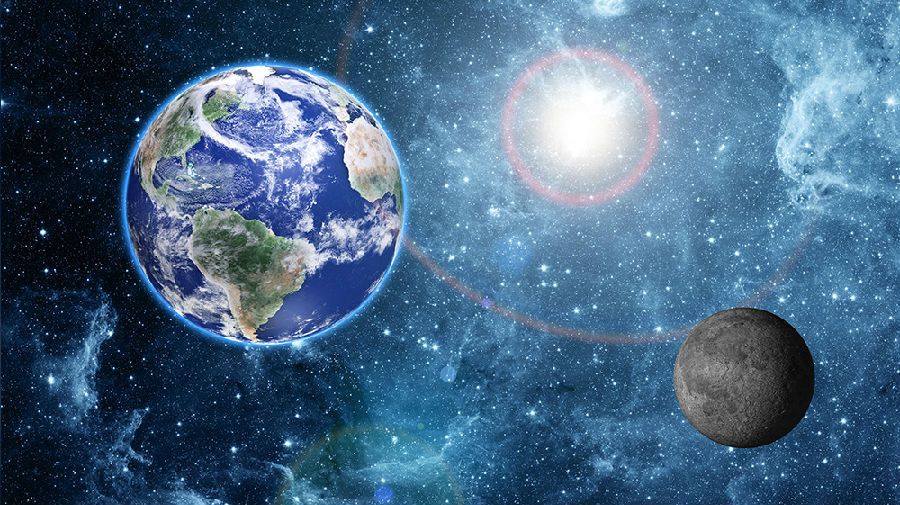We have managed once, briefly, to send humans to that depth in a sturdy diving vessel, yet it is home to colonies of amphipods, a type of crustacean similar to shrimp but transparent, which survive without any protection at all. Most oceans are of course much shallower, but even at the average ocean depth of two and a half miles the pressure is equivalent to being squashed beneath a stack of fourteen loaded cement trucks.

Nearly everyone, including the authors of some popular books on oceanography, assumes that the human body would crumple under the immense pressures of the deep ocean. In fact, this appears not to be the case. Because we are made largely of water ourselves, and water is "virtually incompressible," in the words of Frances Ashcroft of Oxford University, "the body remains at the same pressure as the surrounding water, and is not crushed at depth." It is the gases inside your body, particularly in the lungs, that cause the problem. These do compress, though at what point the compression becomes fatal is not known. Until quite recently it was thought that anyone diving to one hundred meters or so would die painfully as his or her lungs imploded or chest wall collapsed, but the free divers have repeatedly proved otherwise. It appears, according to Ashcroft, that "humans may be more like whales and dolphins than had been expected."












